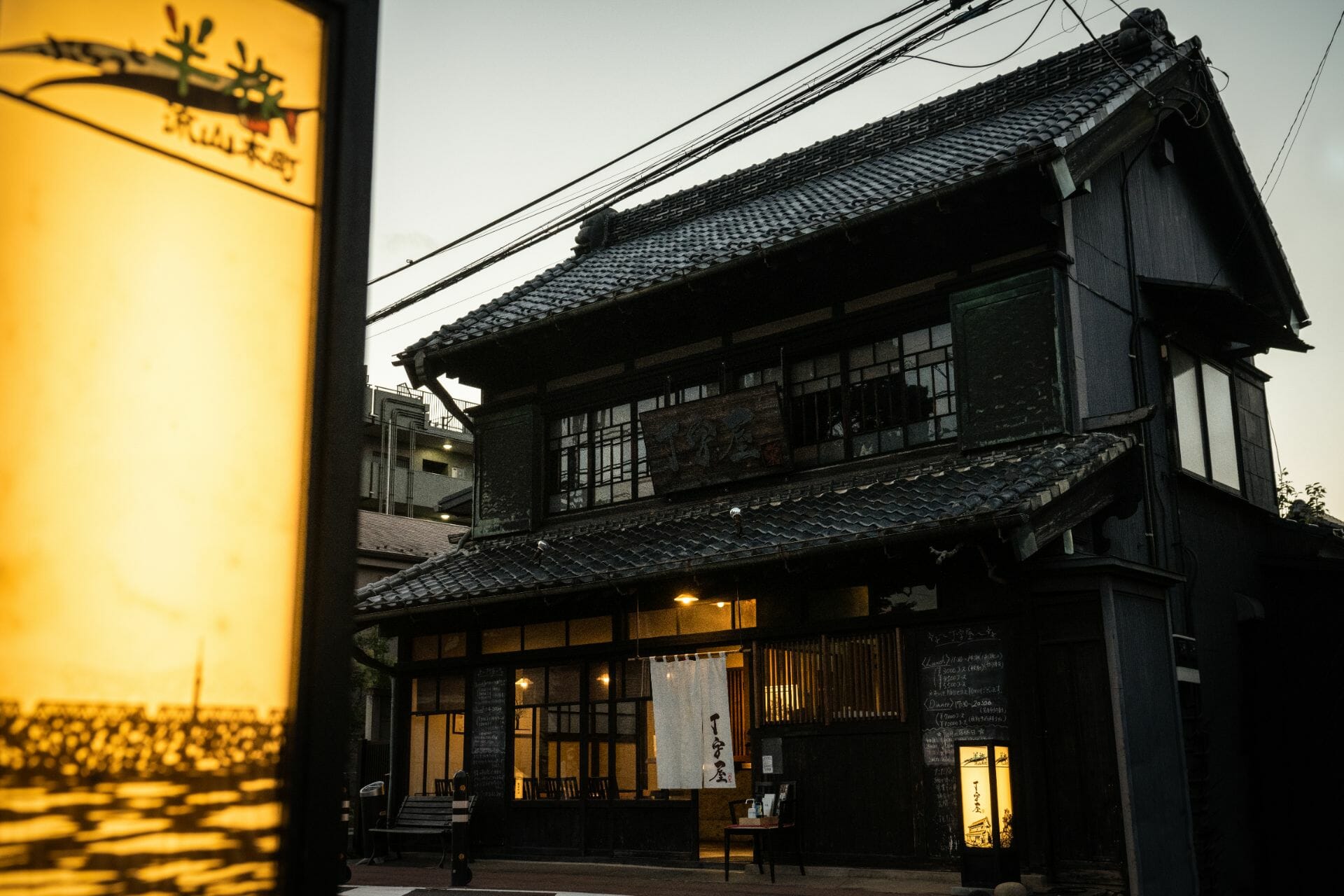
Things to Do | Visit Chiba | Latest update:2024/12/27
Nagareyama is in close proximity to Tokyo, and was historically an important location for trade. Its position next to the Edogawa River, which runs down to modern day Tokyo, gave it access to plentiful water and provided a means for shipping goods to the capital.
Nagareyama became famous with the invention of “shiro-mirin,” the sweet rice wine that is ubiquitously used in Japanese cuisine today. Shiro-mirin became very popular in Edo (modern day Tokyo), putting Nagareyama on the map and bringing wealth to the region.
The history of Nagareyama is detailed colorfully at the Nagareyama City Museum, depicting scenes of rice farming and river maintenance from centuries ago.
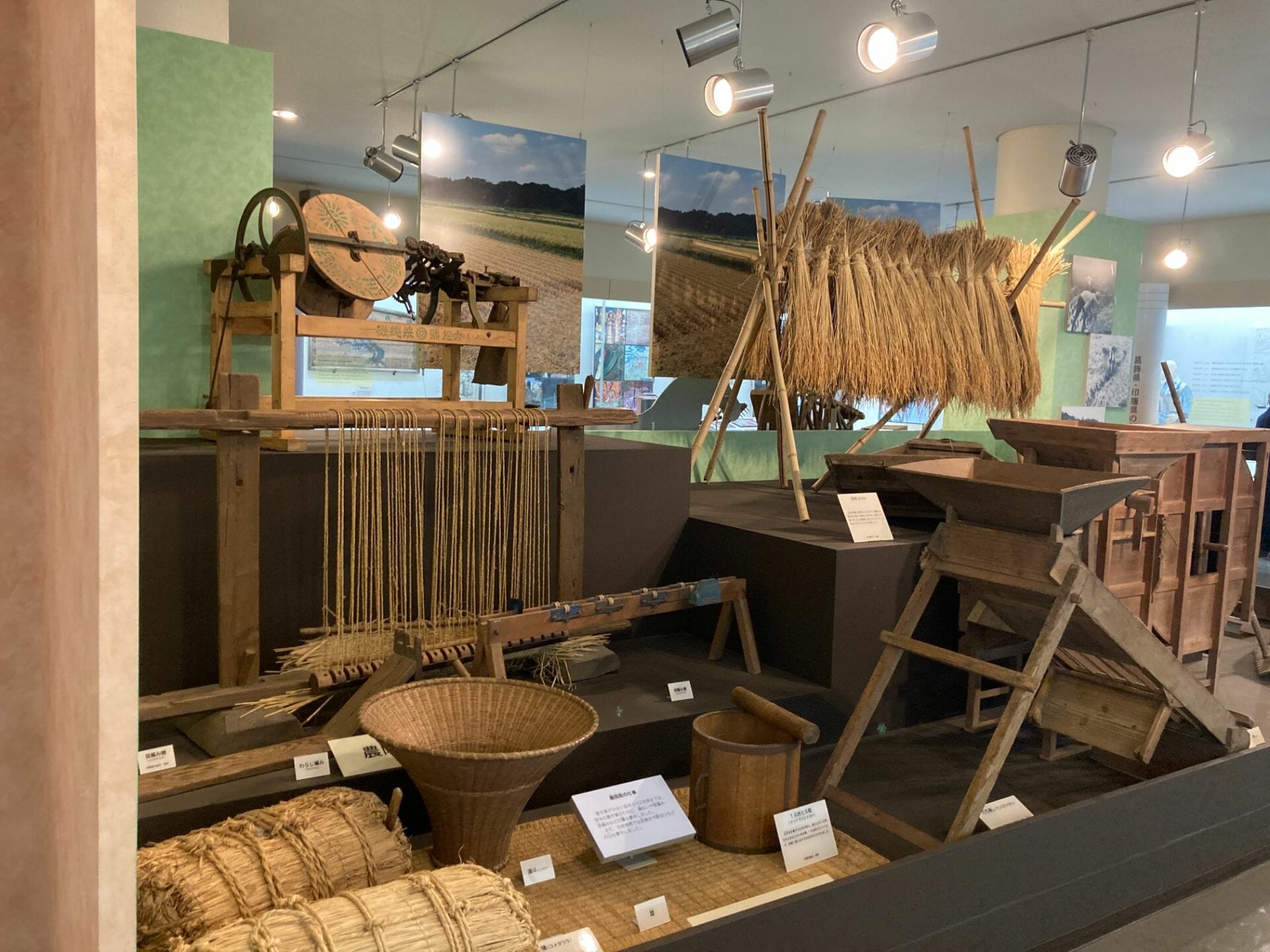
Nagareyama’s history with the Shinsengumi, a special samurai force of the Edo Shogunate, is detailed here as well. The Shinsengumi made a base here on their way to regroup with anti-imperial forces in Aizu. The historical location where Shinsengumi commander Isami Kondo established his headquarters is now marked by the Isami Kondo Encampment Site.
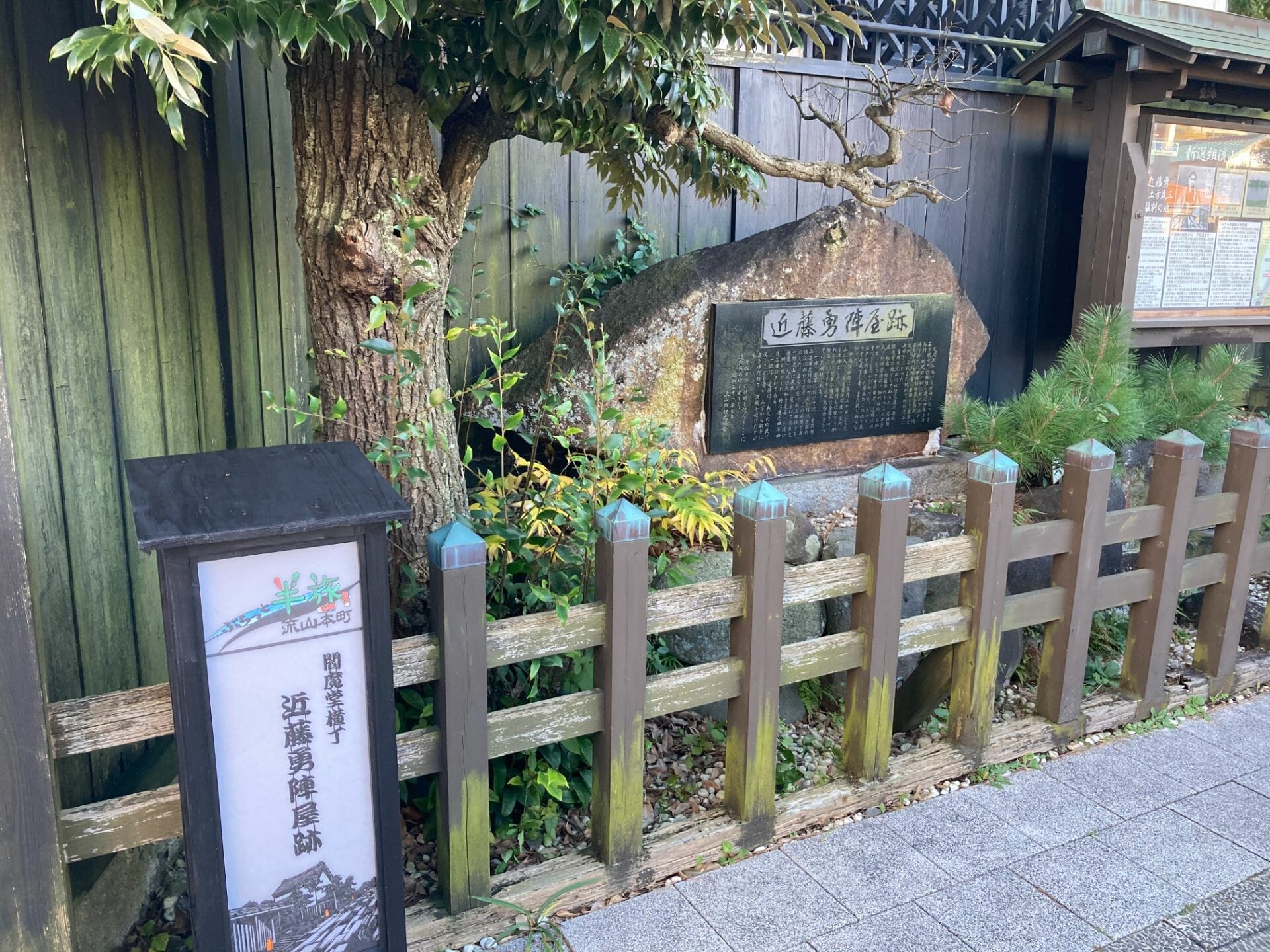
The Shinsengumi’s presence in Nagareyama was short-lived, however. Kondo was captured, and Japan was already well on its way to shifting back to an imperial government. A number of years after this, Nagareyama would go through massive economic growth when the Tone River and the Edo River were connected via the Tone Canal in 1890.
Nagareyama’s shiro-mirin, along with the soy sauce production in the nearby Noda City, made this region a central hub for key elements of Japan’s consumer economy. Nagareyama flourished in the following years as one of the most well-known shiro-mirin-producing regions in Japan. Nagareyama’s history with shiro-mirin is detailed in the “Machinaka Museum,” a series of photos and pictures displayed on the outer wall of the major shiro-mirin factory of the area. The main image depicts villagers loading boats full of shiro-mirin and sake ready to be shipped to Edo.
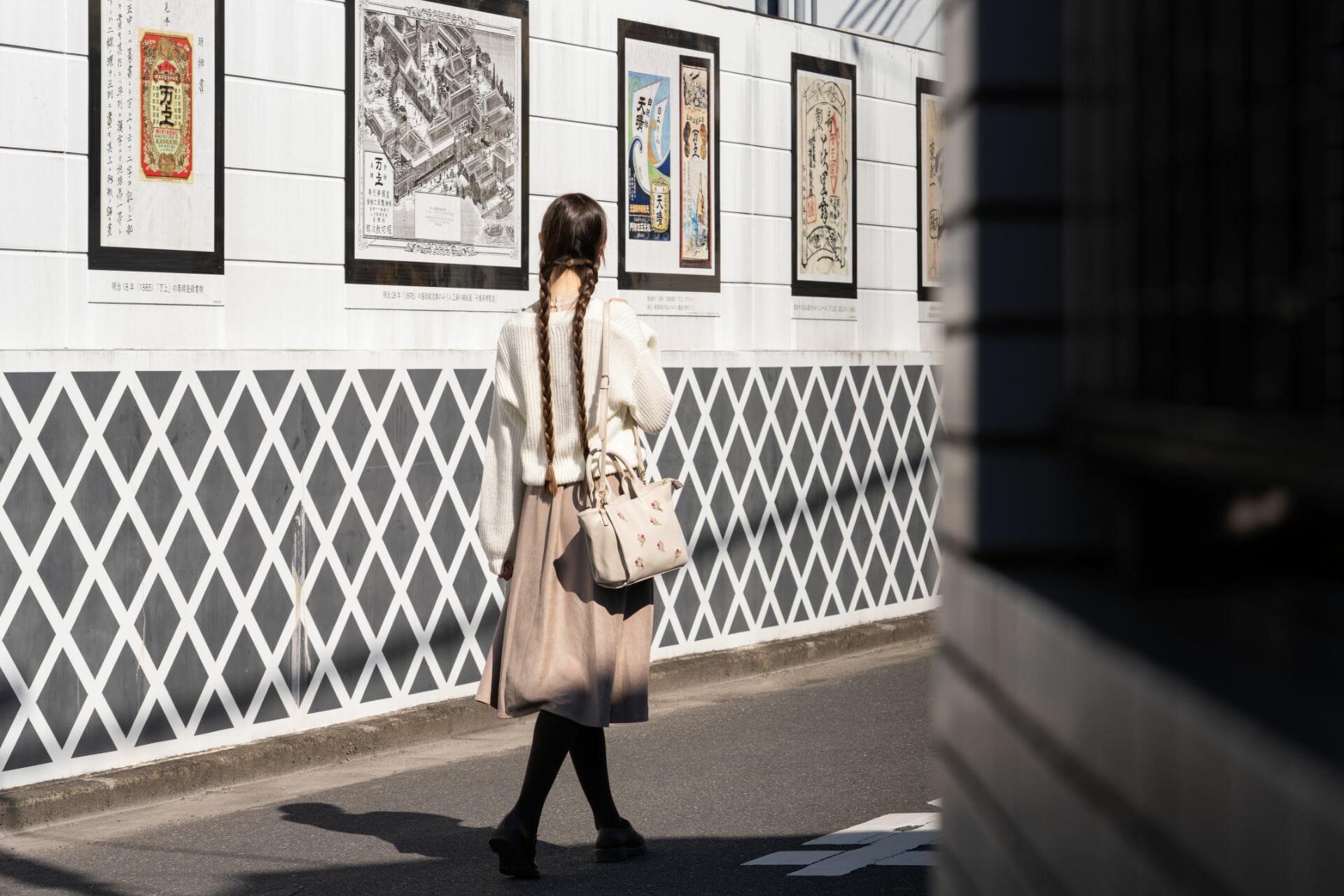
The name “Nagareyama” means “flowing mountain” and has an interesting origin. Akagi Shrine stands on a hill in Nagareyama, and legend says that that this hill “flowed” here from Mt. Akagi in Gunma prefecture to the north. You’ll be able to recognize the shrine by the massive woven straw rope called the “oshimenawa” that adorns the shrine gate. This is a famous feature of the region and weighs about 500 kilograms!
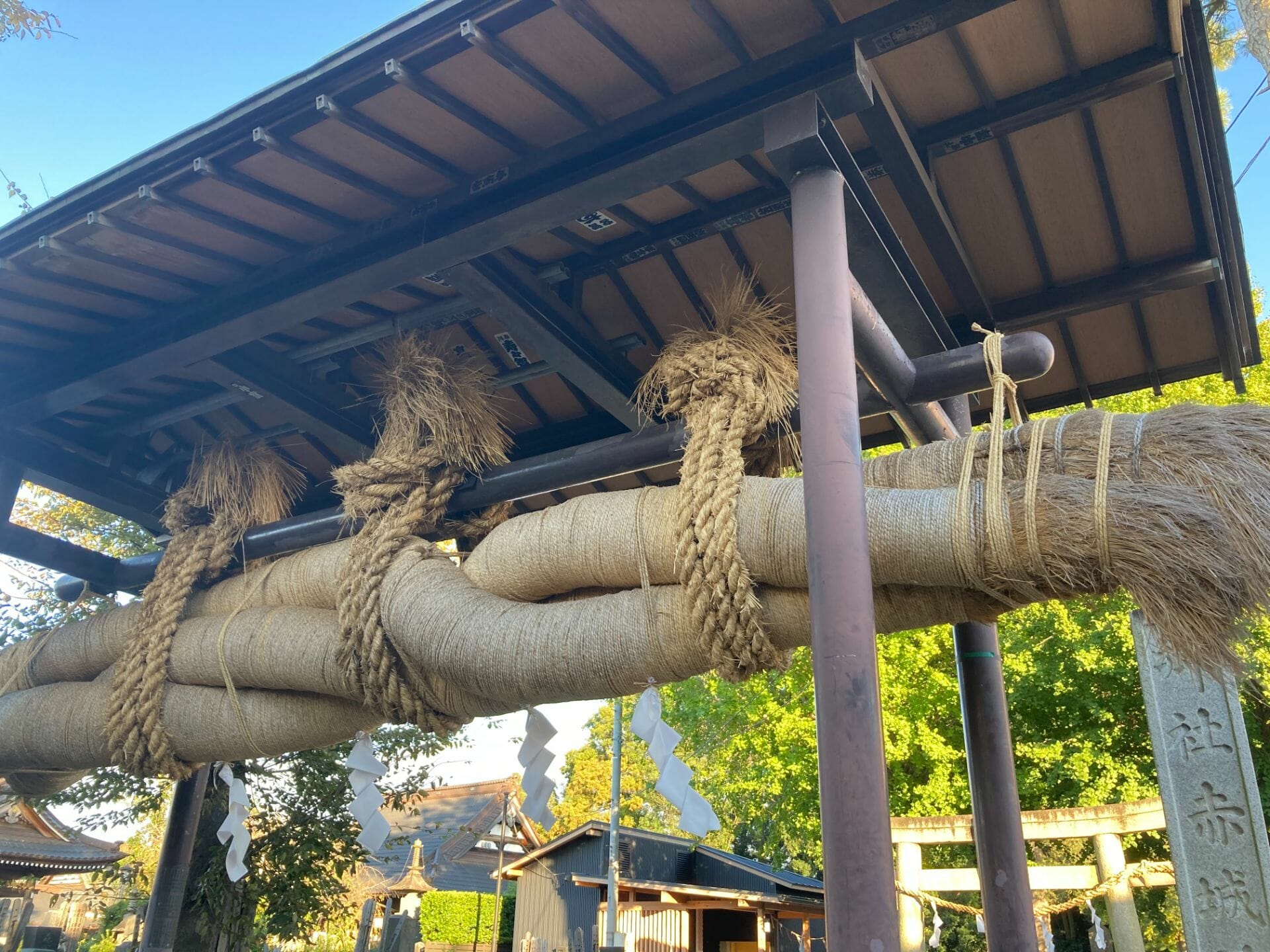
There is much to be learned about the past here in Nagareyama, and fortunately they have left so much of it untouched. Come and make a visit here, and see why so many people refer to this place as one of Japan’s “Little Edos”.
1 Nagareyama, Nagareyama City (Nagareyama Station)
(Transfer from the JR Joban Line to the Ryutetsu Nagareyama Line at Mabashi Station and ride to Nagareyama Station, the last stop (approx. 11-minute train ride).)
+81-4 -7168-1047
1-1225-6 Ka, Nagareyama City
(A 7-minute walk from Nagareyama Station, on the Ryutetsu Nagareyama Line)
+81-4-7159-3434
Accessibility
3-90 Nagareyama, Nagareyama City
(A 5 minute walk from either Heiwadai Station or Nagareyama Station, on the Ryutetsu Nagareyama Line)
+81-4-7168-1047
2-108 Nagareyama, Nagareyama City
(A 4 minute walk from Nagareyama Station, on the Ryutetsu Nagareyama Line)
+81-4-7159-3434
6-649 Nagareyama, Nagareyama City
(A 9-minute walk from Nagareyama Station, on the Ryutetsu Nagareyama Line)
Accessibility